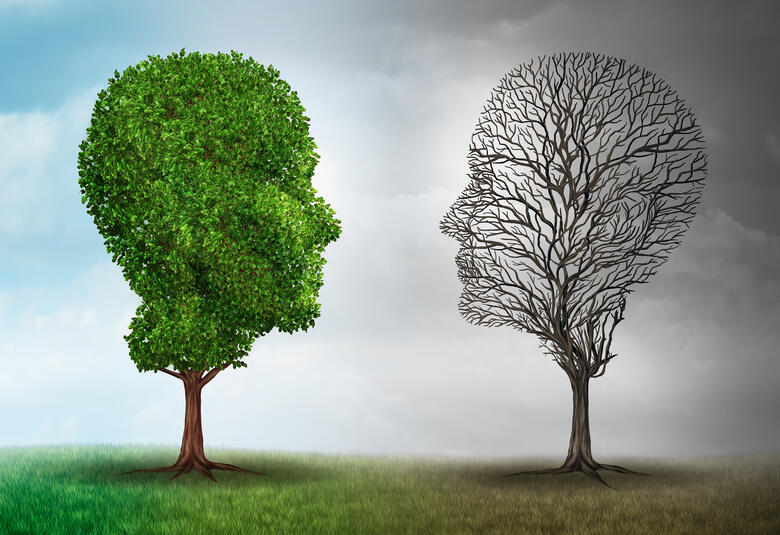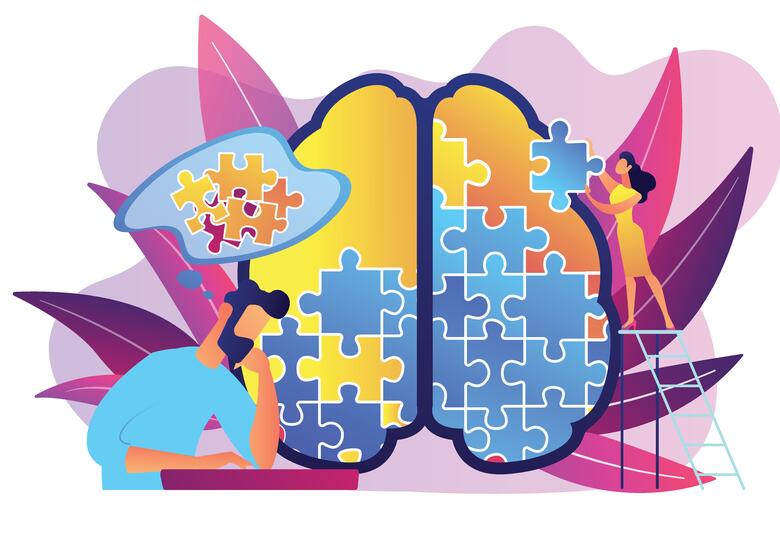Depression in numbers
Depression is a relatively common condition that affects a large number of people globally.1 It is a mental disorder that comprises a constellation of emotional, physical and cognitive symptoms that often have a wider impact on patients’ friends, families, carers and employers.2
Depression is a global condition…
- Depression affects in excess of 350 million people worldwide, and is estimated to become the leading cause of global disease burden by 20301,3
- The estimated global cost of depression was more than $800 billion in 2010, and this is expected to at least double over the next two decades4
- In Europe alone depression had a socioeconomic cost of nearly €54 billion in 2010 through loss of productivity and absence from the workplace5,6
affecting healthcare…
- It has been estimated that up to 1 in 5 patients present with clinically significant depressive symptoms in primary care settings7
- Physicians have been prescribing more antidepressants in recent decades. Studies have reported an increase in prescriptions ranging from 165% in England (between 1998 and 2012) to 400% in the USA (between 1988 and 2008)8,9
- The cost of antidepressant prescriptions in 2011 reached £270 million in the UK, and $11 billion in the USA10,11
as well as individual patients.
- People with depression are thought to be 20–40% more likely to be unemployed6
- Patients with depression are 1.6 times more likely to develop heart disease than healthy individuals. That’s greater than the risk posed by passive smoking12
- The risk of suicide in patients with depression is more than 20 times greater than the general population3
While a patient must present with either depressed mood or anhedonia to be diagnosed with depression, they may also be experiencing symptoms that impair their physical and/or cognitive functioning.2 The latter can have a devastating impact on their day-to-day lives but is often underestimated in clinical practice.2,13 The importance of cognition as a consideration of depression symptomatology, diagnosis and management is becoming increasingly apparent as the condition continues to affect more people each year.1,3




